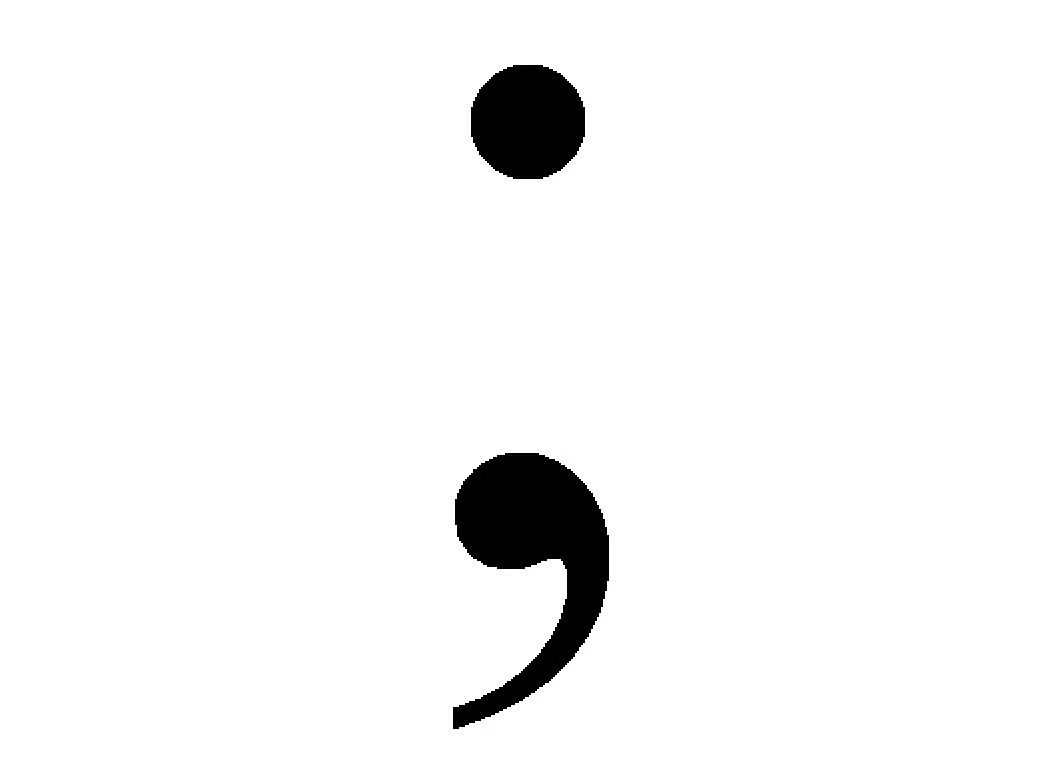You might remember from your early schooling that it’s a pretty safe bet to put an apostrophe before an ‘s’ at the end of a word. Chances are you’ll need one there, right? This is not always the case. There is nothing more irksome for a reader than to wade through text riddled with incorrectly used apostrophes.
So, what is an apostrophe? It is a mark of punctuation that looks like this: ’
There are two uses for an apostrophe: to indicate where two words (or sometimes three such as with ‘shouldn’t’ve’) have been squished together as one word, and to denote ownership or possession. This article will discuss the first use, and the next, ‘Using Apostrophes to Indicate Possession’, will explain the second.
You can also watch our YouTube video in which Dr Lines explains how to use apostrophes.
How to Use Apostrophes in Contractions
According to the Macquarie Dictionary, the role of the humble apostrophe is to ‘show where part of a word has been omitted’. This is called a contraction. For example, ‘we’d’ is a contraction of ‘we had’ or ‘we would’. Wherever a letter has been omitted, you need an apostrophe to mark the occasion. Therefore, the contracted form of ‘do not’ is written ‘don’t’. Similarly, ‘she will’ becomes ‘she’ll’ and ‘would have’ becomes ‘would’ve’. Of course, this list isn’t exhaustive.
Sometimes the apostrophe can even be placed at the beginning of the contraction. After sustaining a fatal wound, Mercutio turned to Romeo and said ‘Ay, ay, a scratch, a scratch. Marry, ’tis enough … No, ’tis not so deep as a well nor so wide as a church-door, but ’tis enough, ’twill serve’ (Romeo and Juliet, Act 3, Scene 1). Here, the words ’tis and ’twill are contractions for ‘it is’ and ‘it will’ respectively because in both cases the letter ‘i’ has been omitted.
Confusing Contractions and their Homonyms
Homonyms (words that sound the same) are often misused in the place of a contraction. For example, ‘your’ and ‘you’re’ sound the same. ‘You’re’ is a contraction of ‘you are’, whereas ‘your’ denotes ownership, for example, ‘Your paper is due tomorrow’. It’s worth noting that using the contracted word ‘you’re’ in this sentence doesn’t make sense. ‘You are paper is due tomorrow’ doesn’t make sense!
There are other homonyms like this such as ‘its’ and ‘it’s’. This is a confusing one because ‘its’ indicates possession, as in ‘the dog chased its tail’, but it doesn’t take an apostrophe. ‘It’s’ is a contraction of ‘it is’, or sometimes of ‘it has’. Again, ask yourself if you are using the contraction of ‘it is’, such as in ‘It’s a riot in there!’ or ‘It’s been a long day’, or if you are referring to possession, and need to use ‘its’.
A final note on contractions in regard to academic writing: keep in mind that contractions are colloquial (informal) by nature and tend to undermine the formality of a piece of writing, so it’s best to avoid them in an academic piece.





